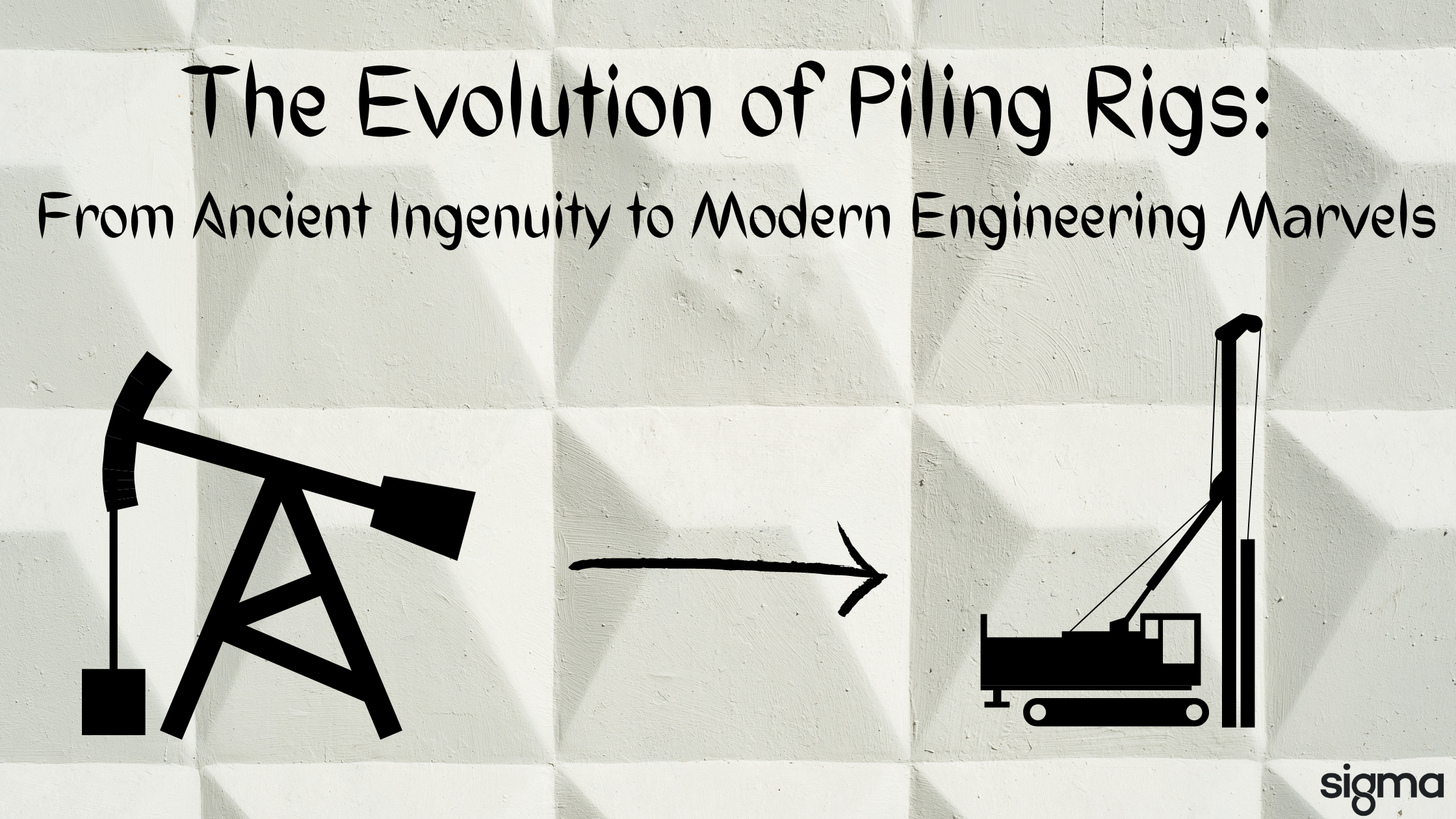
Piling rigs play a crucial role in construction, providing the support needed for everything from skyscrapers to bridges. Their development over time reflects advancements in engineering and technology. Let’s take a closer look at how these impressive machines have evolved.
Ancient Techniques: The Basics
In ancient times, builders had to get creative with their construction methods. They used simple tools and materials to drive wooden piles into the ground, creating a stable foundation for structures. These early techniques were essential for supporting buildings in unstable soil, but they were labor-intensive and limited in scope.
The Industrial Revolution: A Technological Leap
The Industrial Revolution marked a significant turning point in piling technology. The 19th century saw the introduction of steam-powered piling rigs, which revolutionized construction. These machines used steam engines to drive piles more efficiently and with greater force than manual methods. This innovation allowed for faster construction and laid the foundation for modern piling techniques.
20th Century Developments: Precision and Power
As we moved into the 20th century, piling rigs continued to advance. Hydraulic systems were introduced, providing even greater power and precision. These rigs could handle a variety of piling methods, including driven piles, bored piles, and auger-cast piles. The ability to adapt to different soil conditions and project requirements made these machines incredibly versatile.
During this period, technology also began to play a bigger role. The integration of electronic systems and improved materials led to more reliable and efficient equipment. The development of rotary piling rigs and continuous flight augers allowed for deeper and more complex foundations, further pushing the boundaries of what could be achieved in construction.
21st Century Innovations: High-Tech and Smart
Today’s piling rigs are at the forefront of engineering innovation. Modern machines come equipped with advanced technologies such as GPS, computer-controlled systems, and real-time data monitoring. These features enhance accuracy, efficiency, and safety on the job site.
For example, GPS technology allows for precise positioning and alignment of piles, while computer systems enable real-time adjustments to drilling parameters. This high level of control ensures that projects meet exact specifications and reduces the likelihood of errors.
Additionally, automation and robotics are beginning to play a role in piling operations. Automated systems can handle repetitive tasks and operate in challenging conditions, improving overall productivity and safety.
Future Trends: What Lies Ahead
The future of piling rigs looks promising with ongoing advancements in technology. We can anticipate further improvements in automation, with machines capable of performing more complex tasks with minimal human intervention. Additionally, sustainable practices are likely to become more prevalent, with a focus on reducing the environmental impact of construction.
Innovations in materials and design will continue to enhance the capabilities of piling rigs, allowing them to tackle even more challenging projects. As technology evolves, we can expect these machines to become smarter, more efficient, and more adaptable to the needs of modern construction.
Conclusion
From their humble beginnings in ancient times to the sophisticated machinery of today, piling rigs have come a long way. Each advancement in technology has brought new possibilities and efficiencies to the construction industry. As we look to the future, it’s exciting to think about how these machines will continue to evolve and shape the way we build.
Thanks for joining us on this journey through the evolution of piling rigs. Stay tuned for more insights into the world of construction technology!
Disclaimer: This blog post contains content generated by an artificial intelligence (AI) model. While we have made efforts to ensure the accuracy and quality of the information provided, it is important to note that AI-generated content may not always be error-free or fully aligned with current standards, regulations, or the latest research. We recommend using this information as a starting point for your research and analysis, but we strongly encourage you to verify the facts, consult experts, and cross-reference the content with trusted sources before making any decisions or drawing conclusions based on the information presented in this blog post. The views and opinions expressed in this content are not necessarily those of the blog's author or publisher, and we cannot be held responsible for any consequences that may arise from its use.
